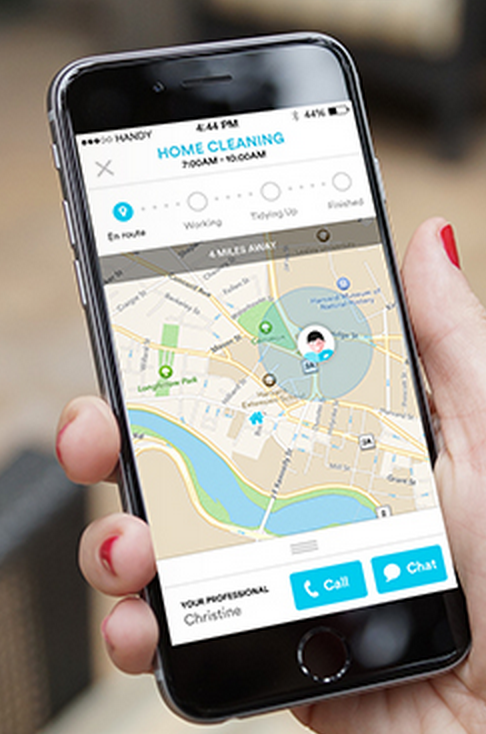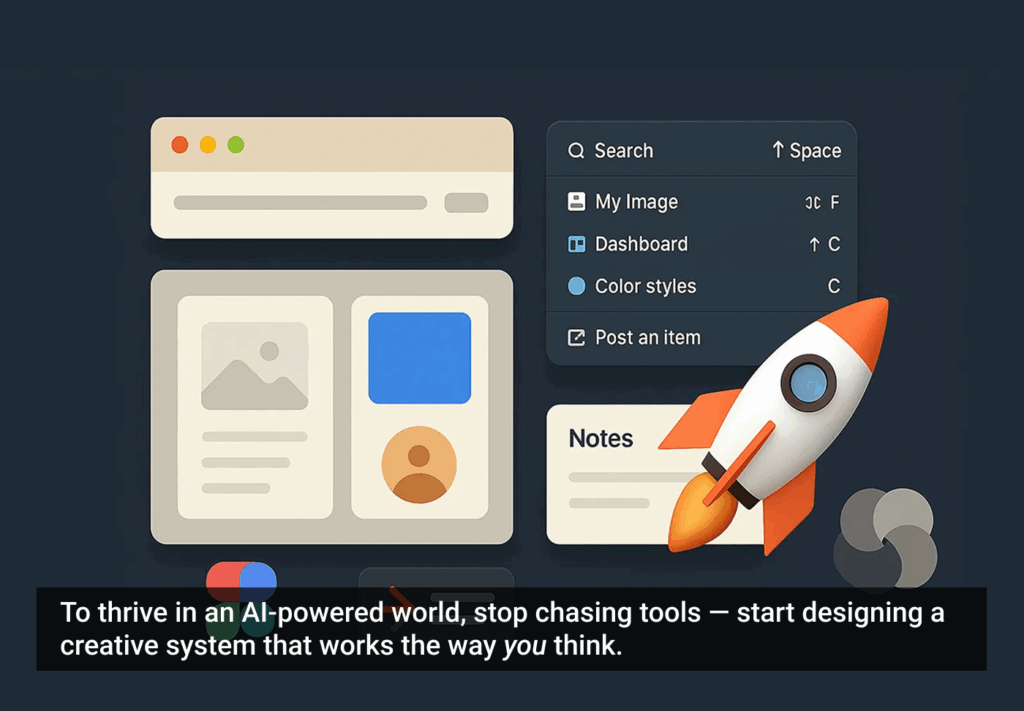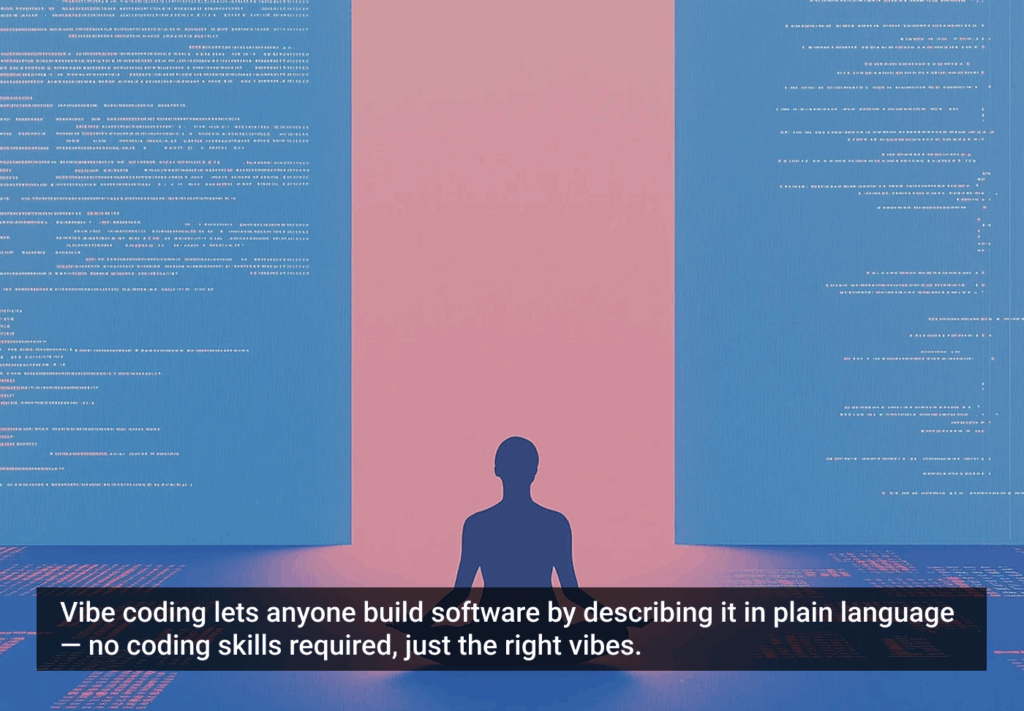If you live near a major city like New York City, San Francisco, Chicago, or London, then you’ve probably heard of Uber (ridesharing), Washio (laundry and dry cleaning), Handy (home cleaning and handyman services), Instacart (groceries), Blue Apron (meals), TaskRabbit (random chores), and/or Zeel (massages). Now you can even have drinks delivered to your next get-together with Drizly.
A common challenge for all of these companies is the on-demand hurdles they each face in taking a relatively new, unknown, unproven, and personal experience, and turning it into something people can easily use, understand, and trust. To combat this challenge, here are a few things you can do right now to quickly enhance trust and usability.
Know Your Product
A good place to start is usually from the inside. We need to know the problem we are trying to solve. This requires an in-depth understanding, so be sure to start with a discovery effort, such as an audit. An audit is a focused deep-dive into your product and service space that serves as a baseline moving forward. If needed, it can also help refine personas or target customer groups. It’s a good idea to do an audit every six months or so as things change quickly, especially with a new product.
Once we know what we’re dealing with, we need to find the path of least resistance. This will help to clear the path for future efforts by fixing the obvious issues first. One way to do this is by creating timelines of similar products, tracking their launches and feature releases, and making note of any patterns that emerge. For instance, with the popularity of maps and the behaviors learned from real-time location used in services like Uber and Postmates, this insight gave myself and the team at Handy confidence to move forward with a similar tool in their latest iOS update which allows customers to check the status of their booking—from when the professional is en route, to when the job is complete. This way, if there is a problem before or during a booking, our customers are informed and can contact their professional to make arrangements if needed. We were able to release a new and exciting feature quickly, as it required very little learning for the user since they already understood the concept.
Also, be sure to use the product—and any others like it—as often as possible! By collecting as much relative insight as possible into the space you are in, you learn how others have solved similar problems you are facing. Each week, our product team will try out an app or service, then report their experiences back to the team. By sharing these insights, we foster additional empathy and insight into similar issues our own users may be experiencing.
Educate Your Users
Believe it or not—and even in big cities—there are a still lot of people who don’t know what Uber or Airbnb are or how they work. Be careful not to assume your audience is familiar with services similar to your own, instead make an effort to educate them as best you can.
Believe it or not, there are a still lot of people who don’t know what Uber or Airbnb are
Most of the time, people will be curious about what your service offers and how tasks will be completed, and might be exploring your site in serious detail. In addition to hearing about your product from a friend, they might jump on social networks like Twitter and Yelp to see how others feel about your product. Do what you can to alleviate any concerns on the homepage of your website, by including pre-selected Yelp reviews and addressing issues publicly on Twitter to show you take these setbacks seriously.
Build Trust
The key to building trust with your users is in educating them, but transparency is often just as critical when building a new product or service. If they come to your product through word-of-mouth they are likely to inherently trust it, but don’t forget that every interaction they have will be judged. Misspelled a word? Hero image looks pixelated? Not clear about what you do? Your users will notice these things and it may cost you. Spend the time necessary to make sure the little things aren’t setting you back. I prefer to use InVision to regularly send hi-fidelity mockups to the entire team, including stakeholders, to get feedback early and often. Feel free to use whatever tool you like, but the key is getting as many eyes on the content as possible, this will help make sure your content is solid.
There are a lot of products and services seeking to disrupt (in a good way) the way we live our lives, even more are on the way. By using these new and fascinating products ourselves, learning everything we can from them, and creating experiences people can trust and rely on, we can build products that can adjust and bend to an uncertain future.
Image of handyman courtesy Shutterstock.








